We may receive a commission when you use our affiliate links. However, this does not impact our recommendations.
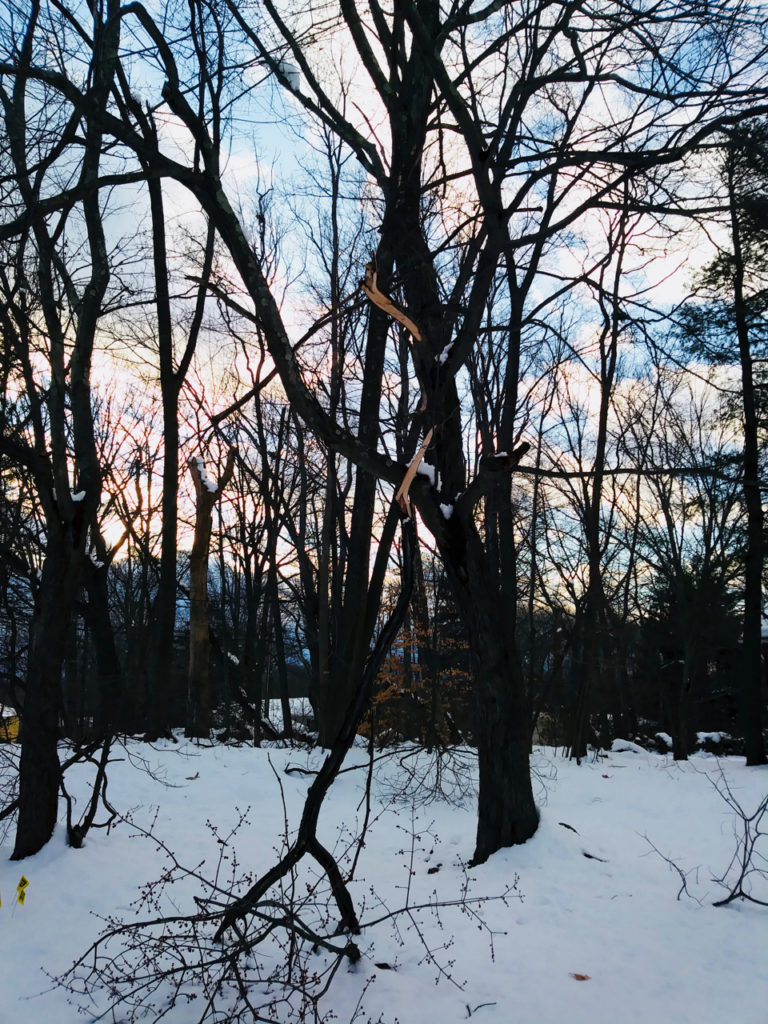 The latest Nor’easter left us powerless. On Wednesday afternoon we lost electricity to the elements.
The latest Nor’easter left us powerless. On Wednesday afternoon we lost electricity to the elements.
The snow that began falling that morning didn’t seem that hospitable, to say the least. It was wet and clingy. When I noticed the rate of accumulation and the sagging branches on all the trees in our neighborhood, I said to my partner, “this storm is a limb killer.” And indeed my dire prediction came true. A few hours into the storm all lights went down.
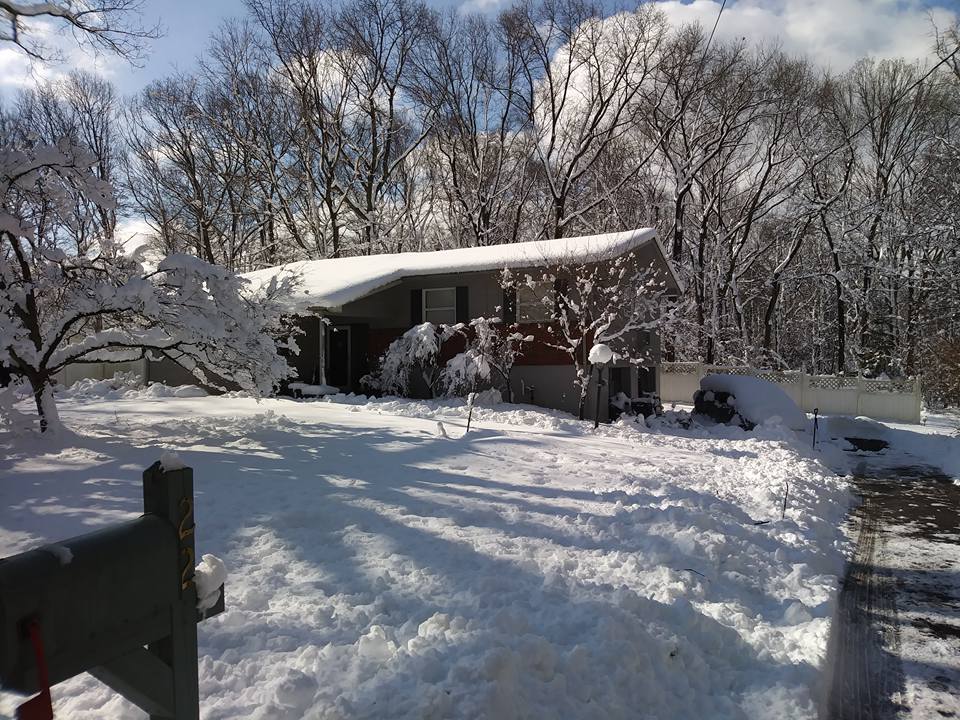
The next morning, as the temperatures in our house dropped 20 degrees we drove with our three-year-old son to the nearest Panera Bread for a quick dose of the 21st century. Living in the 19th century is fun for one night, maybe even two, but if you ask me, I would rather have electrons resume their flow through our home’s copper veins again – and sooner rather than later.
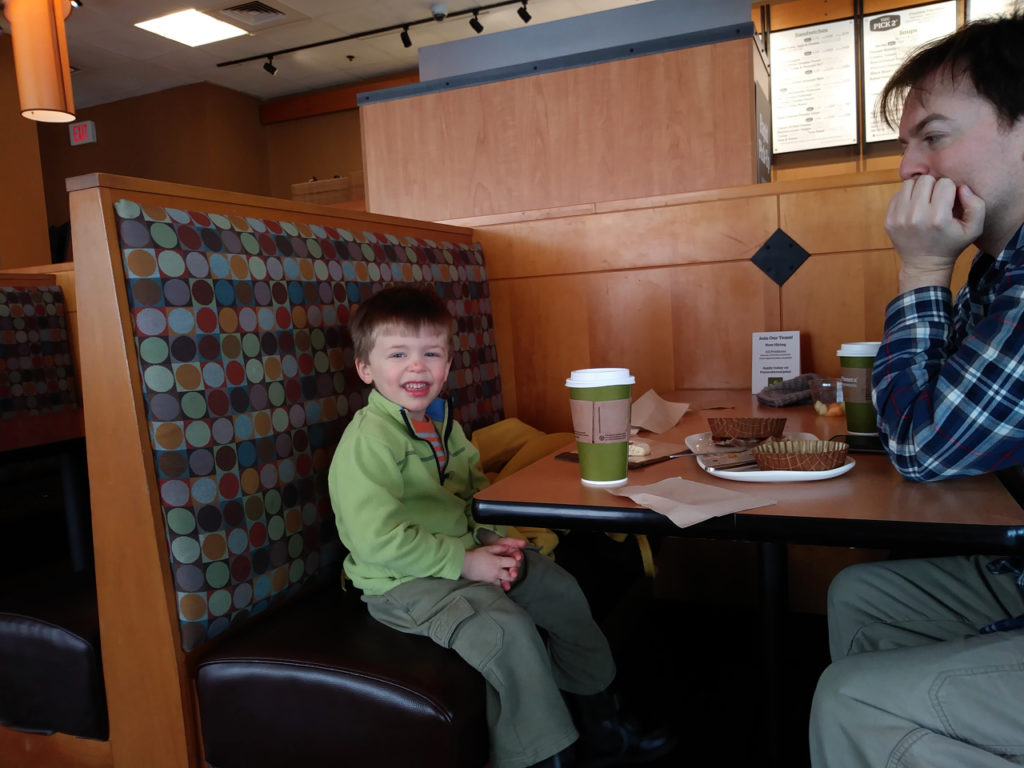
On the way to Panera, we saw broken limbs all over the place and electrical wires that dove straight into the snow. On one property I even saw a tall pine tree split in half like a carrot cut by a knife right down the center.
One good thing is that we have running water and gas. We can even heat our house by boiling water in pots, then shuffling them around to act like tiny space heaters. In fact, I was actually able to raise the temperature to 56 degrees yesterday. But moving boiling water around is tricky, plus you need to keep checking and filling the pots on the stove routinely.
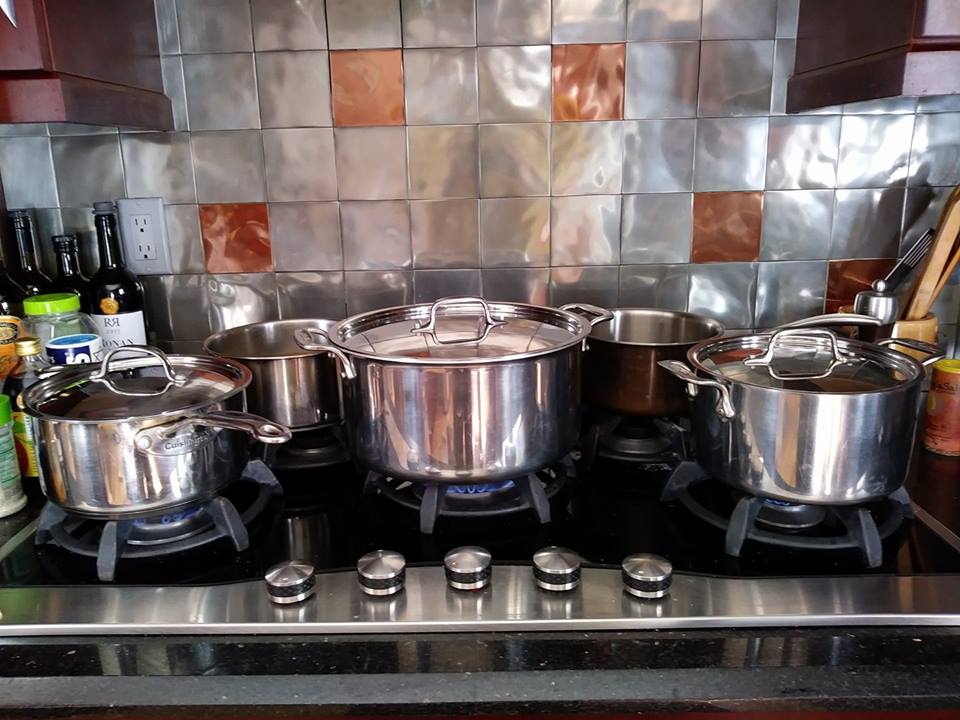
I was inspired to deploy this technique, remembering the method that inlay artists use to darken the color of veneer segments. They fill a cast iron skillet with fine sand and place it on the stove. Over time the sand gets fire-hot to the point that the artist can dip the veneer and char its tip, or more surface as needed. If you dunk it for a short time the submerged portion will turn light brown, spending more time in the inferno will turn it darker and darker.
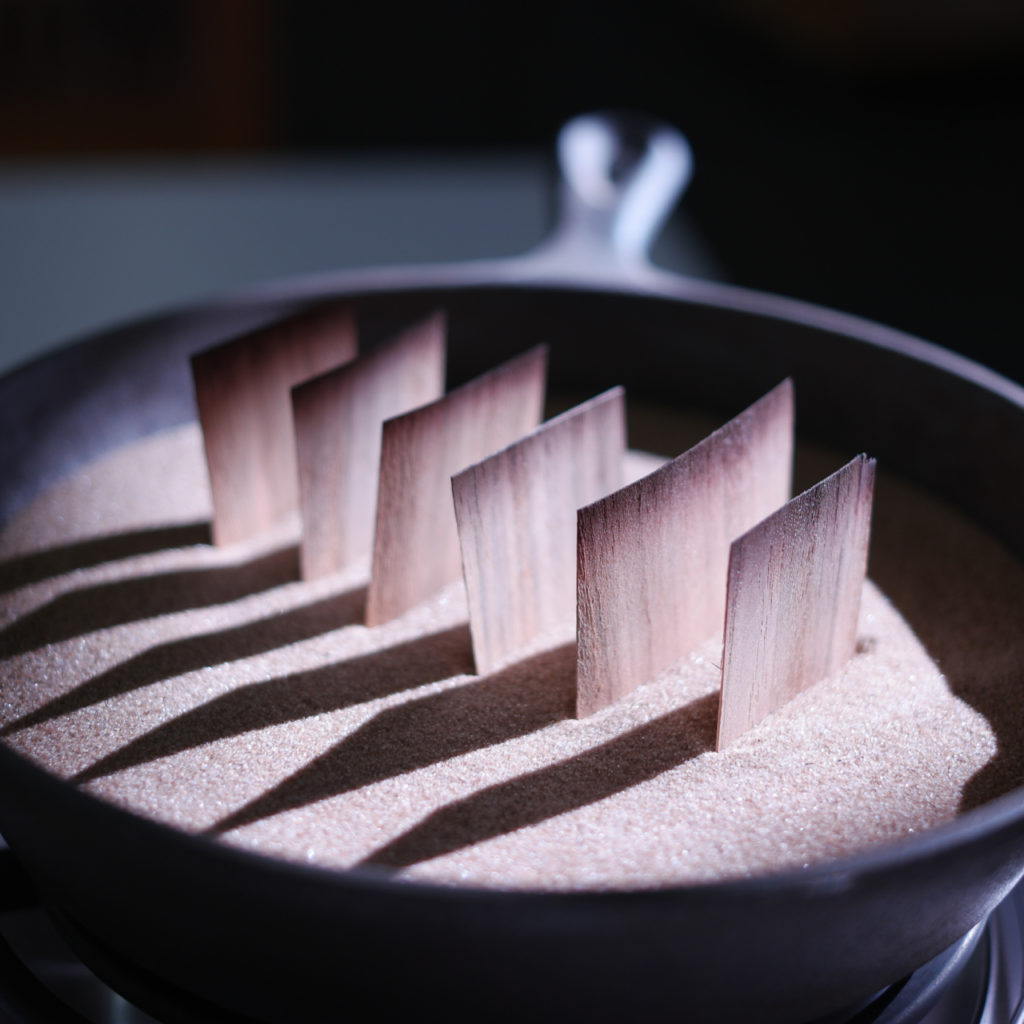
Scorched by fire. Woodworker and veneer artist Jack Mauch uses a skillet and sand to change the color of veneer segments.
We had a few skillets, I thought, and I can go outside to dig for some dirt. But in the end, I decided to stick with the hot water. At least the steam would add needed moisture to the indoor atmosphere, plus it would warn our three-year-old that this is a hot pot, which the fire-hot sand bath would not.
Apart from the heat, a power depleted house needs candles and matches. You actually need a lot of matches to start a fire or to migrate a fire from one source to another. After the first day, I began saving burned matches to reuse, thinking that it would have been nice to have the Lee Valley Replica Spill Plane at hand. This old upside down plane-contraption forms vortex-like shavings that allow you to transfer fire from one spot to another.
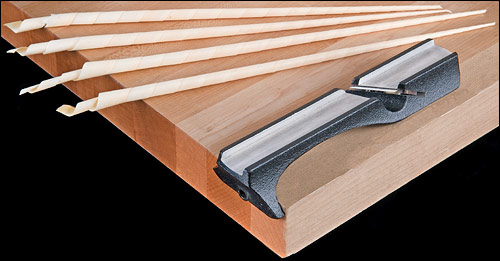
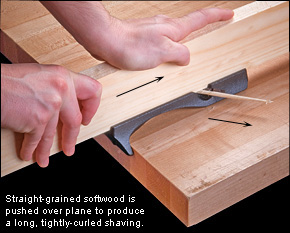
So far we are managing ok. The refrigerator items are under my makeshift patio table snow igloo, we still have matches, and if I find a need for fire spills I can chop some scrap wood. And lastly, if I still have time on my hands between managing the heat and commiserating our feat, I can always start a hand tool project on my non-electric workbench. Hand-tool woodworking never seemed so compelling.
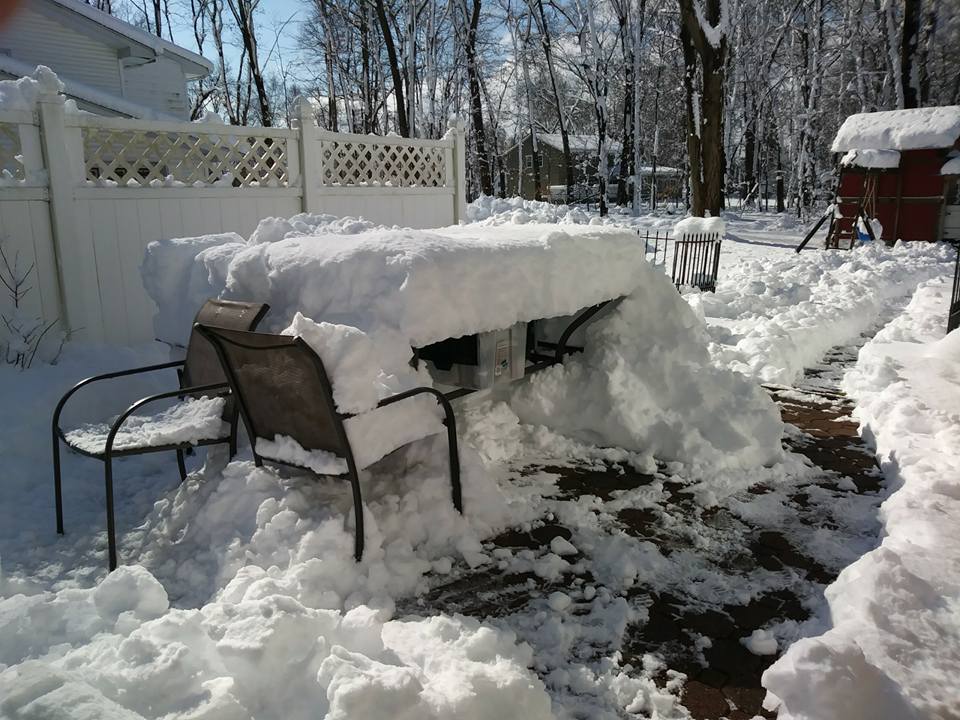
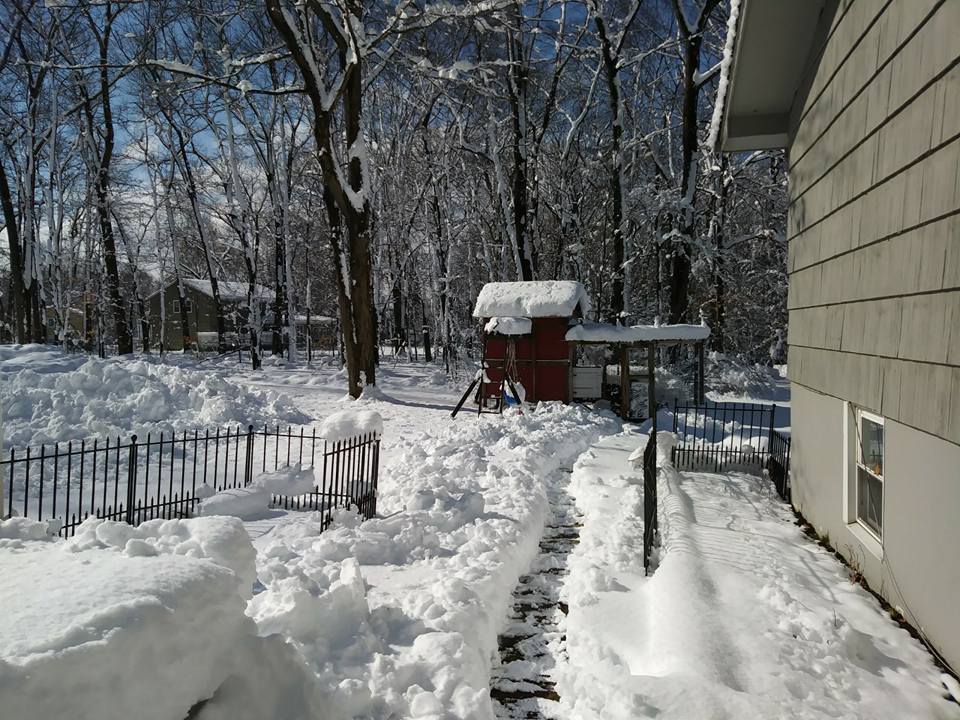
– Yoav Liberman
Here are some supplies and tools we find essential in our everyday work around the shop. We may receive a commission from sales referred by our links; however, we have carefully selected these products for their usefulness and quality.









Hey, Yoav. It wasn’t quite as bad up here in Central NY, but we did get a lot of down trees and limbs. May I suggest a generator to you? One that runs on natural gas instead of gasoline or propane. A little pricey, perhaps, but I feel it is a good investment. And easier on the back then moving pots of scalding water around the house.